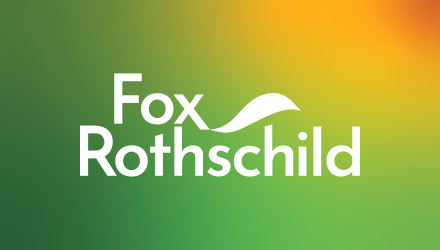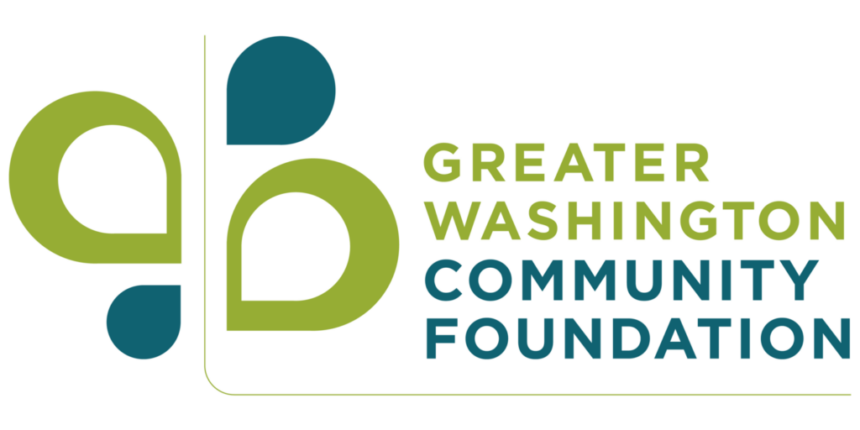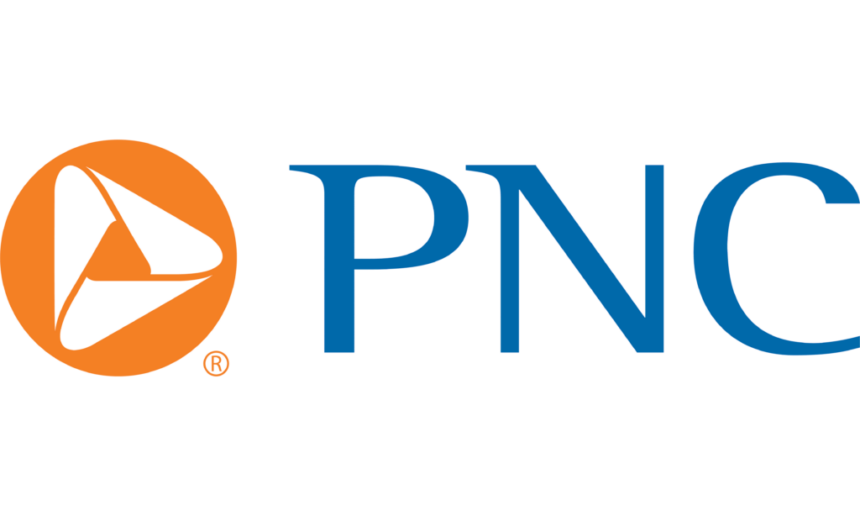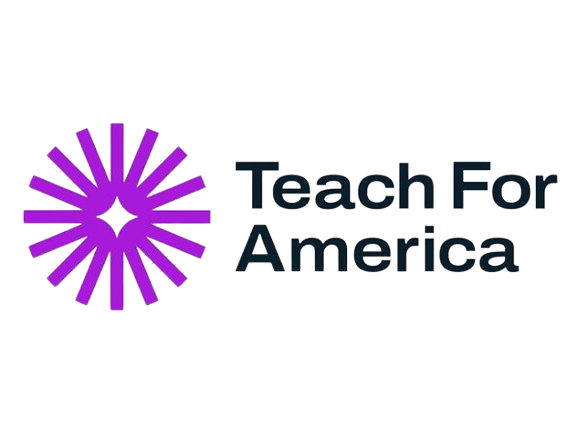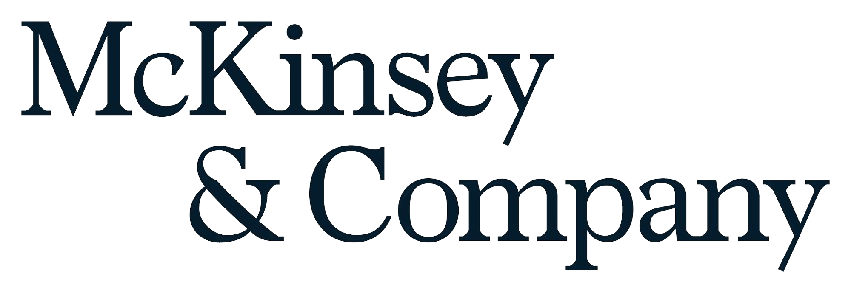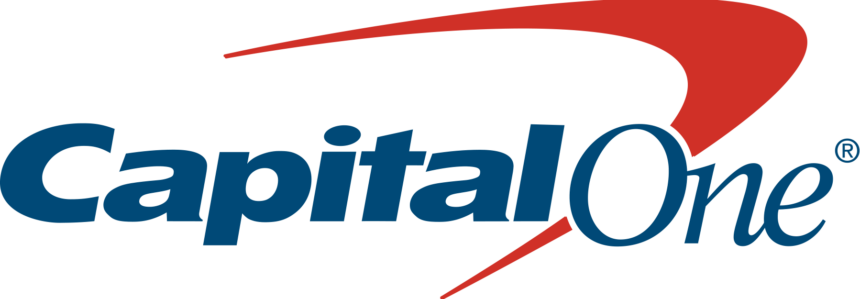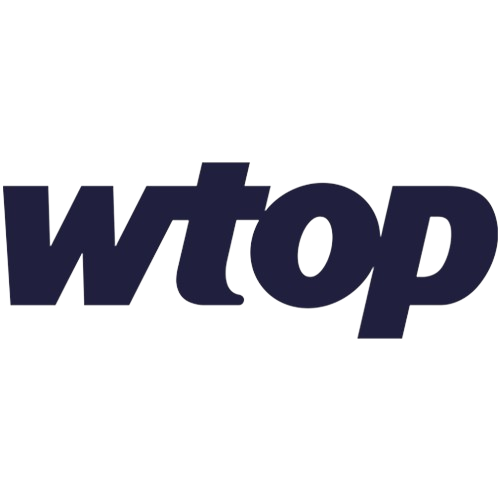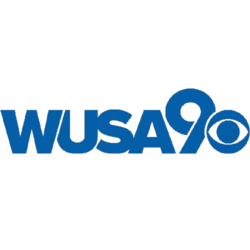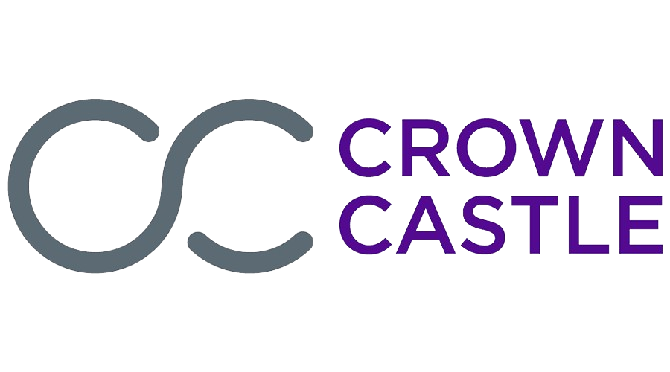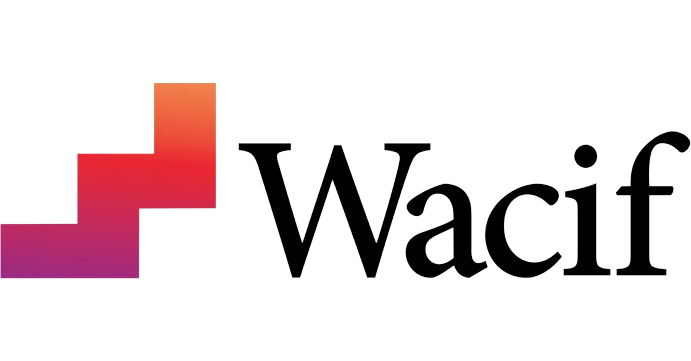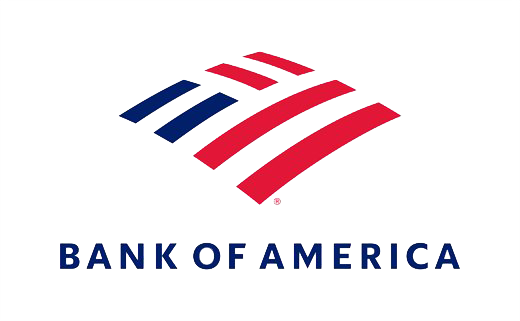Apr 07, 2020
COVID-19 Briefing: Regional Business Conditions & Long-term Recovery
The COVID-19 pandemic is a public health emergency with far-reaching and severe economic impacts. Susan Lund, Partner at the McKinsey Global Institute, presented findings from their research on several economic scenarios. Tom Barkin, President & CEO of the Federal Reserve Bank of Richmond, explained what the Fed has done to address this crisis and how he sees that dovetailing with other government intervention.
Susan Lund, Partner at McKinsey Global Institute
Watch the presentation
Download the slides
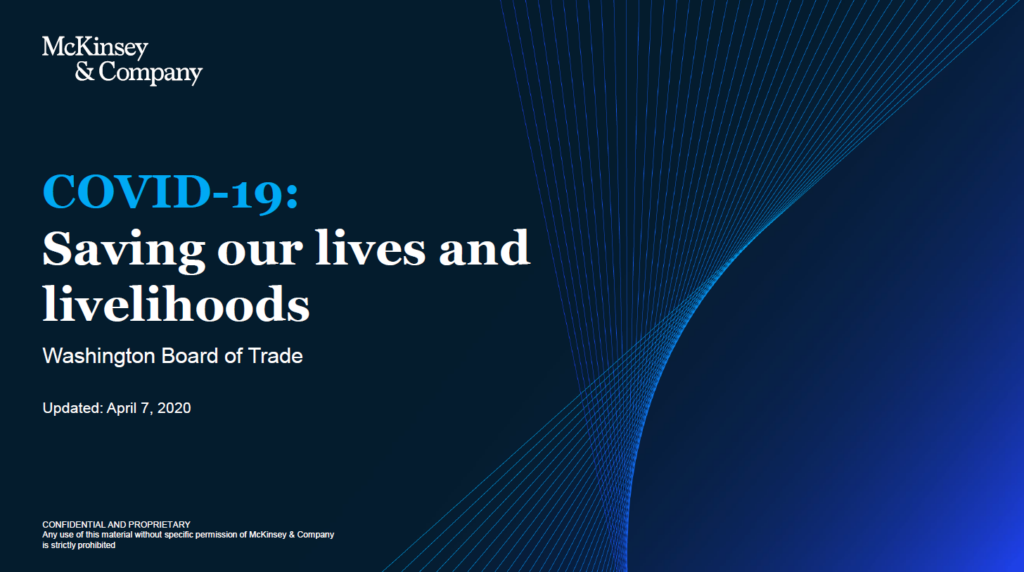
Tom Barkin, President & CEO of the Federal Reserve Bank of Richmond
Listen to the recording
Read a summary
The economic impacts are serious.
- The US is mostly a service economy, and now 70% of the service sector has been shut down. Other industries have been deeply impacted too, including auto sales, hospitals, retail, and airlines.
- Unemployment claims have skyrocketed, and we saw unemployment claims in one week that were 10x greater than any other previous week.
The response has three lanes: public health, fiscal, and monetary.
- This is primarily a public health crisis. That’s
the first priority.
- We can’t get our economy rolling again without knowing that people will be safe. The best “stimulus” would be nation-wide testing. Making sure the hospitals have enough capacity, that we are working as quickly as possible on a vaccine, are also important.
- The second lane is fiscal. The aim here is
stabilization more than stimulus.
- The CARES Act included several important provisions, including expanded unemployment insurance, an expanded small business loan program, and funding for endangered industries like airlines. The scale, scope, and design of this act was necessary and helpful given the circumstances, according to Barkin.
- The challenge now is delivering these benefits to people and businesses in a timely manner. For example, about half the population does not file their taxes electronically and can only receive the $1200 cash rebate via a paper check. Many of these people do not have current addresses registered with the Federal government. It will take time and effort to get this money into the hands of those people. The SBA loan website has also been absolutely overwhelmed.
- The third lane is monetary. Thanks to lessons
learned in 2009, the Fed was able to move the fastest.
- First, they moved interest rates to 0.
- Second, they encouraged the banks to step up. They’ve been given supervisory guidance to extend forbearance to good borrowers who need it. Banks remain liquid and they need to be motivated and incentivized to do the right thing at this time.
- Third, they’ve deployed interventions to make markets work. They’ve been trying to intervene in treasury markets to make sure lending rates are at appropriate levels. They’ve set up a lot of backstop facilities for commercial paper, money market funds, etc. These actions are intended to make sure those markets continue to function and that folks who should get credit can get credit.
- Some challenges remain. How much credit risk can these funding facilities make? That’s a challenge. How do you get the money out there quickly? Barkin says they are the authorities they have to backstop a number of these funding markets. But it’s a third priority behind health and fiscal.
How do we get to the other side of this economic crisis?
- We need our essential industries to continue to operate and for those workers to be safe in their jobs. Food, fire and safety, cleaning supplies, hospitals, inspectors, electricity, broadband, supply chains, etc. are all essential.
- We need a return to business and consumer confidence. This has been a real shock, and to get in the other side we will need consumers to spend and businesses to invest again. But that’s not going to be easy when the pandemic is going to last a long time. We need to be able to bring workers back in a way that makes sense and protects their health.
- We’re going to need a health protocol. You need to know that you can go shop, or go to a restaurant, and you aren’t going to put your life at risk. A good analogy is 9/11 – after the attack, the TSA took safety very seriously and it made people feel safe to fly again. We are going to need to change the way we do business everywhere—from empty middle seats on planes, empty tables in restaurants, etc.
Become a member today
We need your voice at the table to make Greater Washington a place where everyone can succeed


